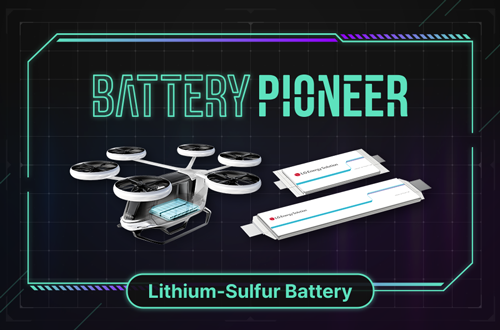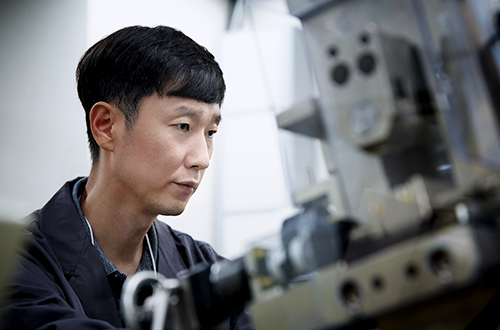Now that the electrode has undergone mixing, coating, and roll pressing, it is now ready for slitting and notching, the last step of electrode manufacturing. When the slitting and notching are done, the battery cathode and anode are made and the entire electrode manufacturing process is complete.
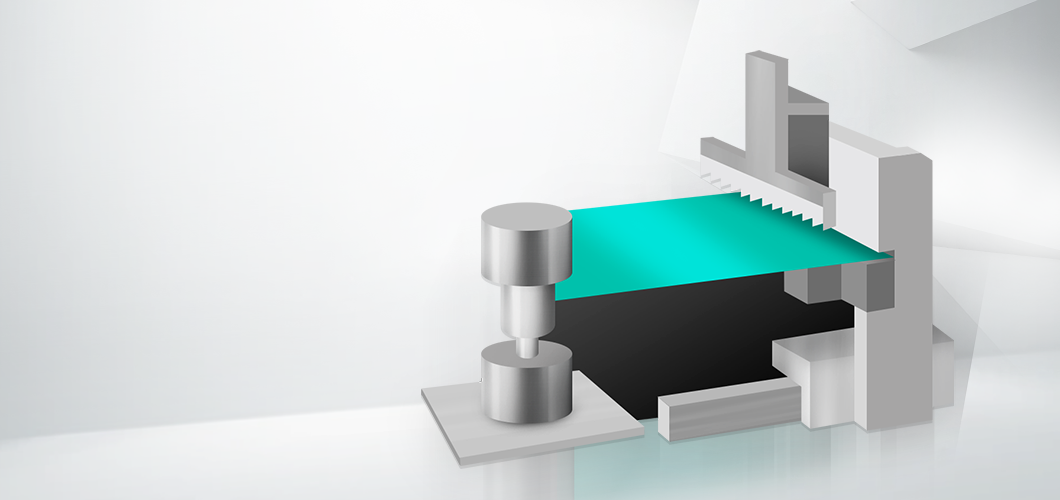
After the electrode is flattened in the roll pressing process, it needs to be cut into battery-size pieces.
The cutting process has two phases: The electrode is cut first vertically (slitting), and then a V-shaped notch and tabs are made (notching).
Slitting
The purpose of the slitting process is to cut the sides of the electrode with a slitter to make it fit in the designated battery. The blade is selected based on the size of the battery cell. After the slitting, the electrode is vacuum-dried.
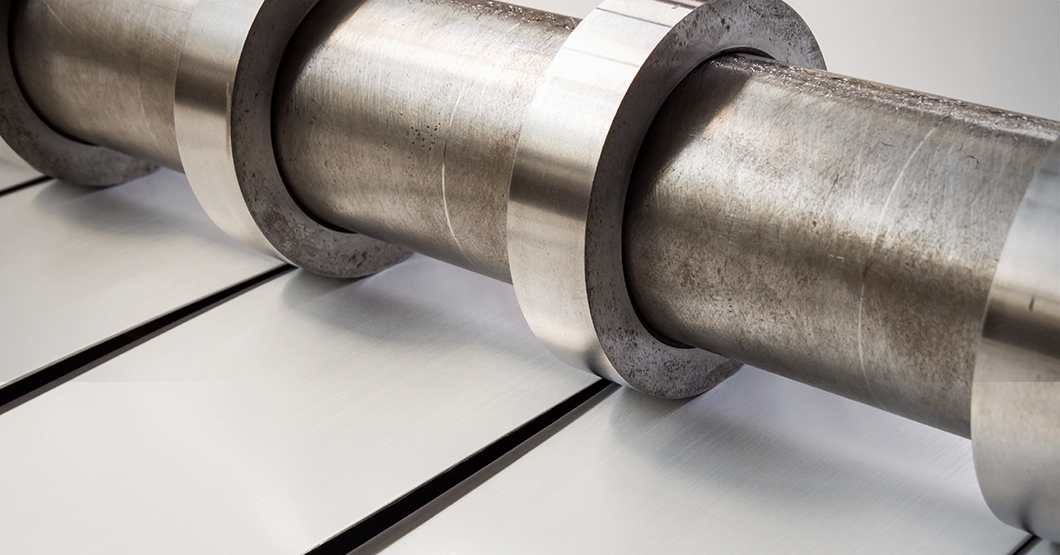
Notching
The slitting process is followed by the notching process. Uncoated parts where cathode and anode active materials are not applied are cut out, leaving the corners where tabs will be grounded. For notching, either a press machine that uses blades or a laser machine is used. As the cut sections need to be regular, the laser notching machine has become a preferred option.
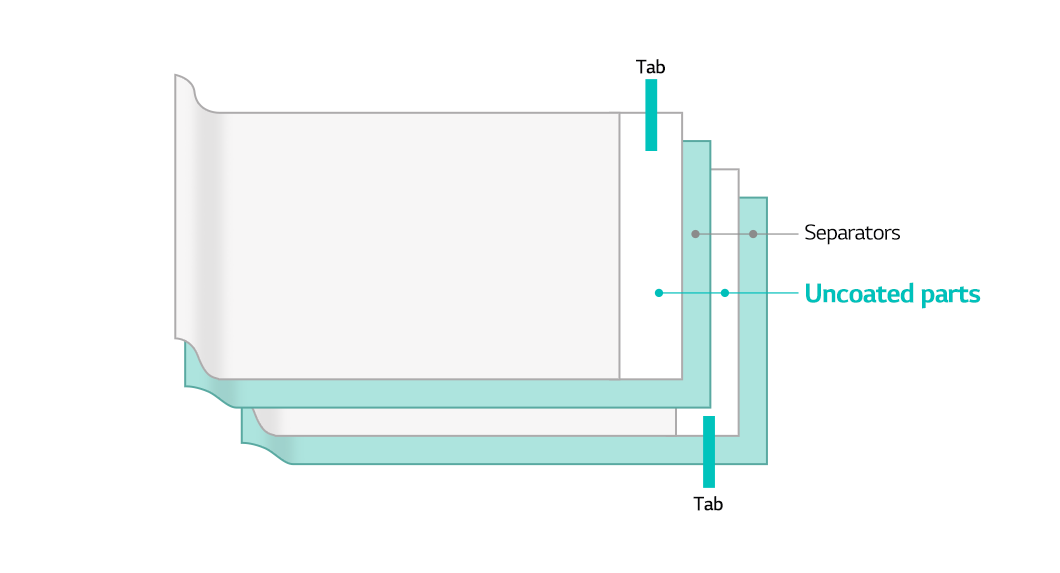
Blades are more liable to undermine the quality since blunt blades make irregular cut sections and produce foreign materials. In contrast, a laser machine produces fewer foreign materials and ruptures. Also, it is faster and requires less maintenance costs as it does not need blade replacement.
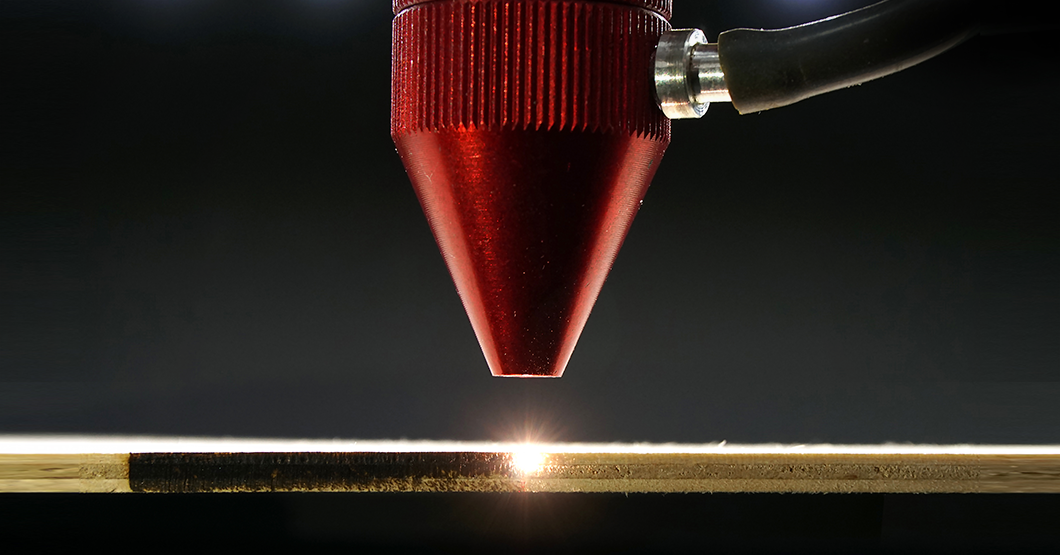
When the notching is complete, the electrode manufacturing is finished. Then comes the second step of battery manufacturing, cell assembly, where the cathode, anode, and separator are combined. Next time, we will explore techniques and technologies employed for the assembly process.

